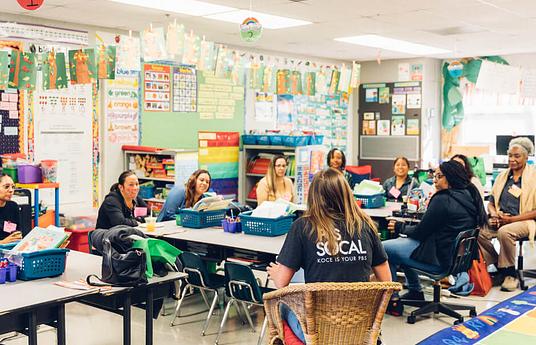I developed this innovation centered around dialogue plus questioning because I believe in the transformative power of active engagement and inquiry-based learning. Here are the key reasons:
Promoting Critical Thinking
Empowering Student Voice
Fostering Collaboration and Communication Skills
Addressing Diverse Learning Needs
Enhancing Engagement and Motivation
Preparing for Lifelong Learning
In practice, our innovation of dialogue plus questioning transforms classrooms into lively hubs of inquiry and collaboration. Students engage in structured dialogues where they explore diverse perspectives and deepen their understanding through active listening and respectful discourse. The Question Formulation Technique (QFT) empowers them to generate and refine their own questions, driving curiosity-driven learning and fostering critical thinking skills. Teachers facilitate these discussions, guiding students to ask meaningful questions that spark further exploration and insight. This approach not only enhances academic engagement but also cultivates essential skills such as communication, problem-solving, and self-directed learning, preparing students for success in an evolving world. Overall, the practice of dialogue plus questioning creates a student-centered learning environment where curiosity is nurtured, critical thinking is cultivated, and collaborative skills are developed.
Our innovation of dialogue plus questioning has spread through targeted professional development workshops, where educators learn to integrate these methods effectively into their teaching. Presentations at educational conferences and publications highlighting successful case studies have further promoted adoption. Collaborative partnerships with schools and districts allow for pilot programs and implementation, while online resources and networks facilitate broader dissemination and support. Positive feedback and word-of-mouth recommendations from educators who have seen improved student engagement and critical thinking validate and encourage wider adoption of our approach across diverse educational settings.
To try our approach of dialogue plus questioning in your classroom, start by familiarizing yourself with the Question Formulation Technique (QFT) through online resources or workshops. Begin incorporating structured dialogues into your lessons, encouraging students to engage in thoughtful discussions and share their perspectives. Provide opportunities for students to generate their own questions.



